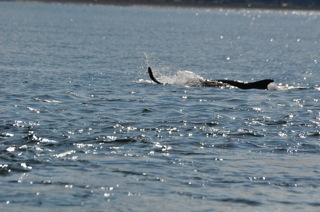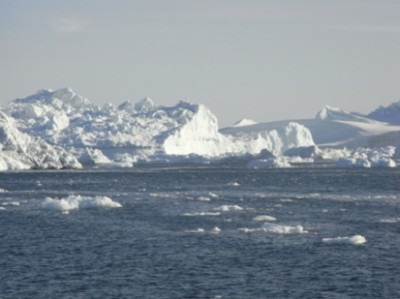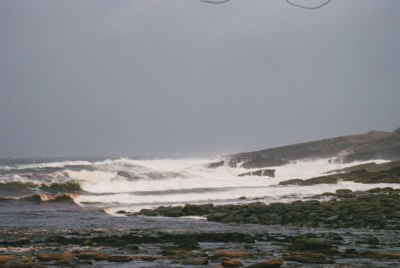Some Thoughts about Priorities for Action.
Thinking about Finavon, the South Esk, the East Coast of Scotland, the southern range of wild Atlantic salmon, and the North Atlantic Ocean as the salmon’s bio-region, is to follow the migration of our very own salmon from their juvenile time in upland burns of the S Esk catchment to the rich feeding grounds (or maybe not so rich) in the Ocean itself. It is not fanciful to think globally in this way. Indeed, I would argue that to fail to do so inhibits our aspirations to return our salmon rivers to the abundance of the 1970s. We have to think and act in recognition of the whole life of our salmon. I cannot make a wake-up call on my own. I need supporters, colleagues and partners to recognise that spending most of our resources on the 5% of fish that get back to our rivers is to ignore the 95% that die at sea. I want to see a far better balance of effort and resources than we have at present.
Dolphins predating on salmon in the Moray Firth. These salmon were waiting in the dangerous inshore waters for a spate to draw them into their rivers. WEemust assess such risks as part of fishery management.
In preparation for forthcoming meetings with American and Canadian colleagues I want to indicate two or three projects which would benefit from an injection of programme funding. I don’t want to overload you with a lot of reading, but I decided to include a couple of attachments to give you a feel for our new strategy, which concentrates mainly on the marine environment.
AST is committed to a ‘Big Picture’ approach to salmon conservation. By that we mean wild Atlantic salmon throughout their lives in all parts of the North Atlantic Ocean. We treat salmon as pelagic fish that interact with other species throughout their marine phase. We cannot treat them in isolation, as has been the tendency until recently.
We therefore recognise that it is essential to work cooperatively across international borders in all parts of the ocean bio-region. We want to concentrate on research and actions which have a prospect of producing measurable outcomes within a reasonable timescale. We are therefore looking closely at areas where human intervention can make a difference to numbers of adult salmon returning to rivers throughout the North Atlantic region.
Our themes include:
1) reducing exploitation, including accidental by-catch
2) removing or adapting obstructions to migrations
3) establishing ‘safe’ migration routes
4) raising public awareness of the predicament of wild Atlantic salmon, including education.
5) influencing development of sustainable aquaculture
6) influencing decision makers in order to benefit salmon conservation
7) initiating international meetings & fora for discussion on key issues, innovation and sharing best practice.
Three projects within these themes which would benefit from US charitable support are:
PROJECT ONE: By-catch
Innovative E-DNA pilot project to address the problems of accidental by-catch by pelagic trawlers. Our concern is the likelihood that post smolt migrations, relatively densely packed within coastal currents, may be inadvertently caught up in huge purse-seine nets. It is conceivable that the outward migration of a small river catchment could be decimated by pelagic trawlers. (See project proposal on separate attachment)
PROJECT TWO: ‘safe’ migration routes.
Establishing safe migration pathways for salmon between their native river estuaries and their feeding grounds. This project requires building on data from the SALSEA project and subsequent tracking projects to define migration routes prior to negotiating with national and international governments and organisations to agree protocols to reduce poaching & accidental damage to wild salmon stocks.
Feeding grounds off the West Coast of Greenland. We need to find ways of protecting the migration routes of salmon between their home rivers and their feeding grounds – for outward and inward migrations.
PROJECT THREE: post-smolts in estuaries & coastal waters
AST and others are concerned over the high rate of mortality of smolts in the days after they enter the sea. We recognise that the inherent vulnerability of these little fish, weakened by osmo-regulation & local conditions may cause huge variations in survival rates. Research is urgently required to establish what proportions of smolts die from causes such as predation, pollution, dredging, disease, infrastructural obstructions, drought etc in the intertidal zone. If we are able to identify a) the extent of the loss b) the causes we should be able to develop remedial actions.
TA


